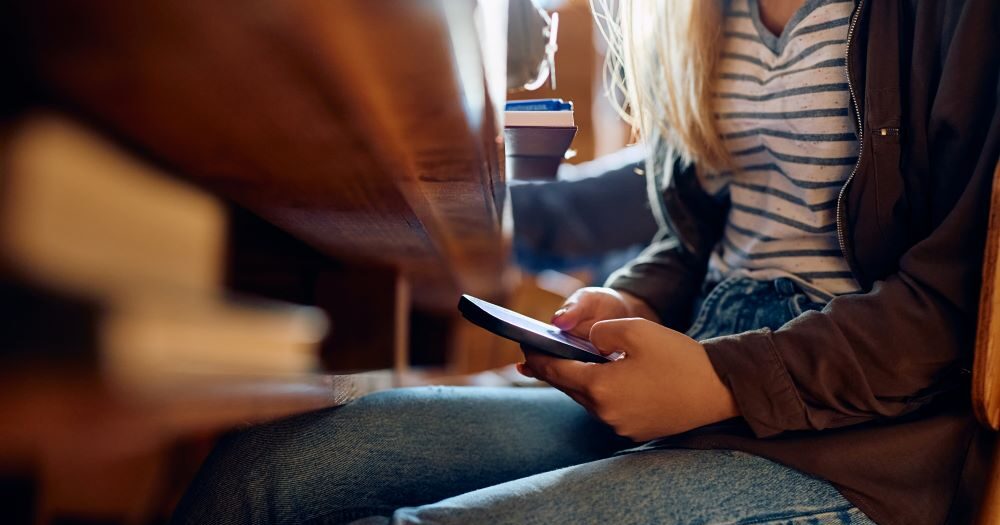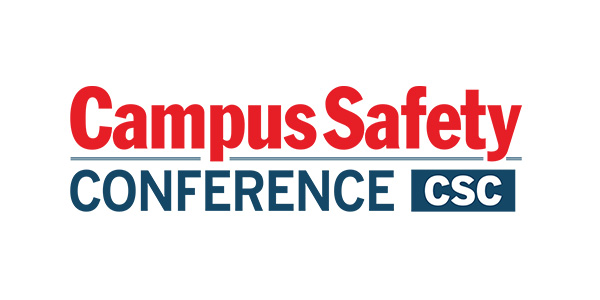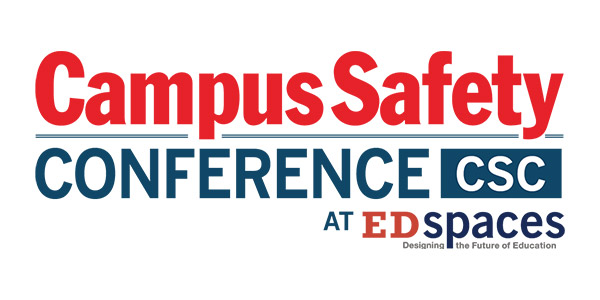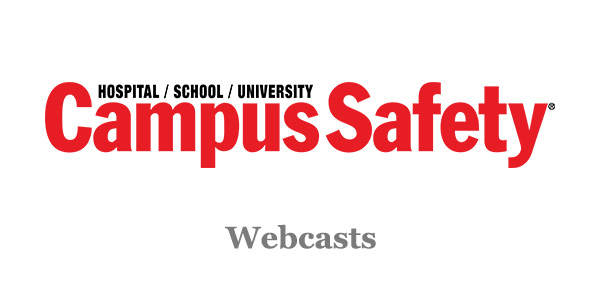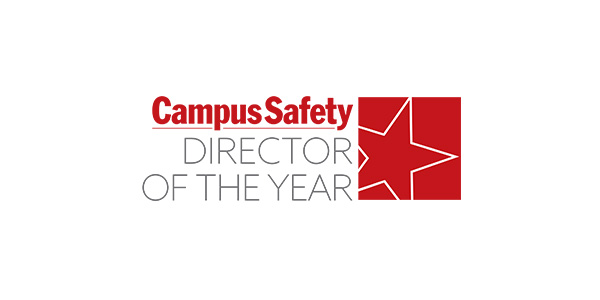ALBANY, N.Y. — New York state is rolling out a new law aimed at reducing K-12 student use of internet-enabled devices during the school day. The school cell phone ban measure, passed as part of the 2024 state budget, will go into effect this September and will impact all public schools, charter schools, and Boards of Cooperative Educational Services (BOCES).
Related Article: Which States Have Banned Cell Phones in Schools?
The law requires schools to adopt comprehensive policies by August 1, outlining clear restrictions on mobile devices to ensure compliance. Schools must involve parents, students, and employee organizations in the policy development process. Additionally, all policies must be accessible to the public via each school’s website and translated into the 12 most commonly spoken non-English languages, ensuring widespread understanding and accessibility.
New York School Cell Phone Ban Policy Requirements
To align with the law, schools must implement rules regarding internet-enabled devices, ensuring they remain inaccessible for unapproved use throughout the school day. Key policy components include:
- Parent-Student Contact Methods: Schools must outline and communicate methods by which parents or guardians can contact students during school hours. These details must be shared prior to the school year and with newly enrolled students.
- Dedicated Storage Solutions: Schools must provide on-site storage options for devices. Cell phones cannot remain in students’ backpacks or under their possession during the school day. Solutions like lockers are permissible only if they effectively limit student access to devices. Continuous and unsupervised access, even in lockers, does not fulfill the regulations’ intent.
The law allows limited exceptions to the cell phone ban, ensuring students are not hindered in legitimate use cases. Permitted exceptions include:
- Educational Authorization: Devices may be used if authorized by teachers, principals, or the school district for specific educational purposes.
- Healthcare Needs: Devices are allowed when necessary for a student’s healthcare management.
- Emergencies and Critical Communication: Devices may be used in emergencies, for translation services, or for caregiving responsibilities as approved by a school psychologist, social worker, or counselor.
- IEP and Section 504 Plans: Students with individualized education programs (IEPs) or Section 504 plans may continue to use devices as required by their accommodations.
Disciplinary Actions and Reporting Requirements
The new school cell phone ban policy explicitly prohibits student suspensions for violations. However, schools must develop non-punitive measures to enforce compliance. Beginning September 2026, every district, charter school, and BOCES must publish an annual report summarizing policy adherence, which will include:
- Demographic Data: Non-identifiable data on students who faced disciplinary actions for non-compliance.
- Disparity Analysis: An analysis of disparities in enforcement based on demographic categories. If disparities are identified, districts must develop mitigation action plans to address the issue.
To assist schools in meeting these ambitious regulations, New York has launched a dedicated website containing resources, templates, and guidance. These resources are designed to streamline the development and implementation of the required policies while promoting best practices for device management.
Related Article: Texas Governor Signs Bill Banning Cell Phones in Schools
As of June, 21 states and Washington, D.C., have signed or already enacted K-12 school cell phone bans. Click here to read about how other states are approaching this issue.

